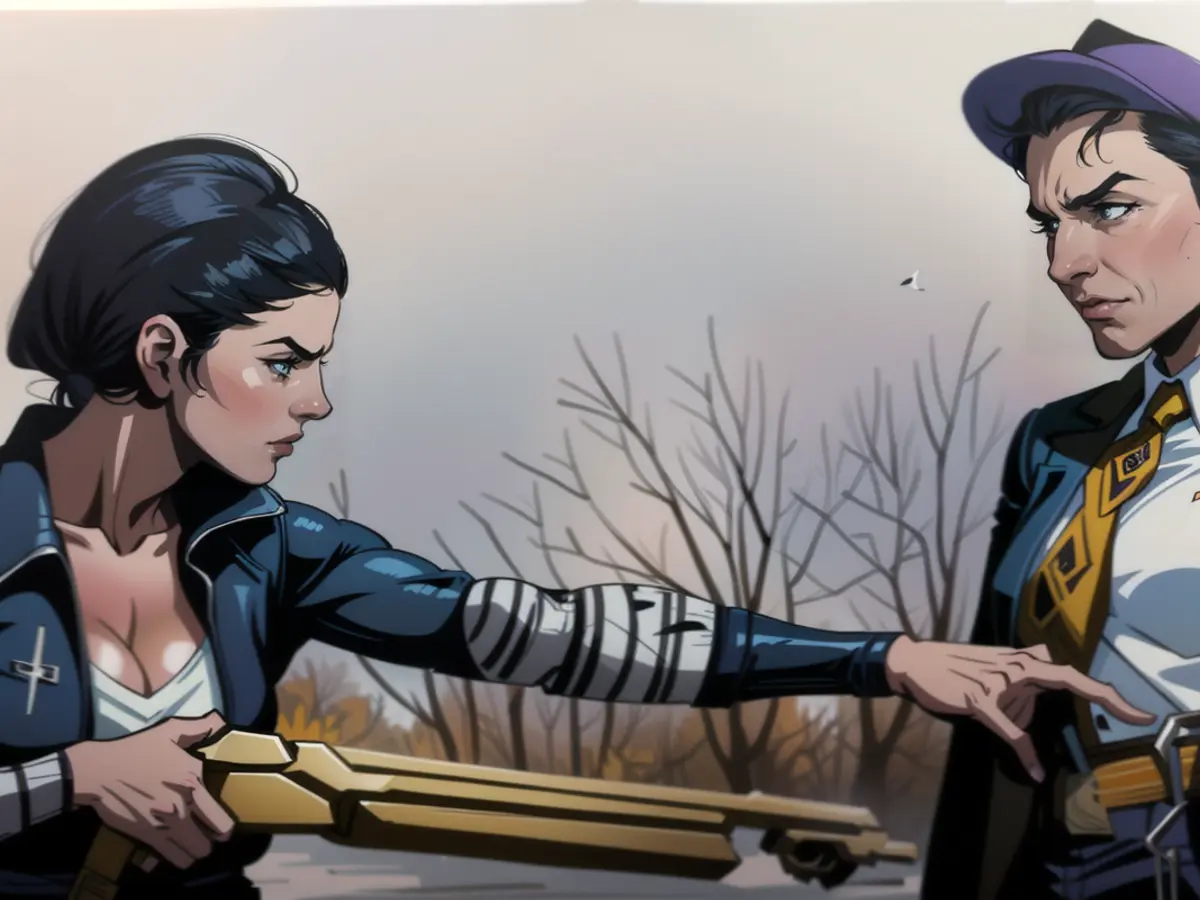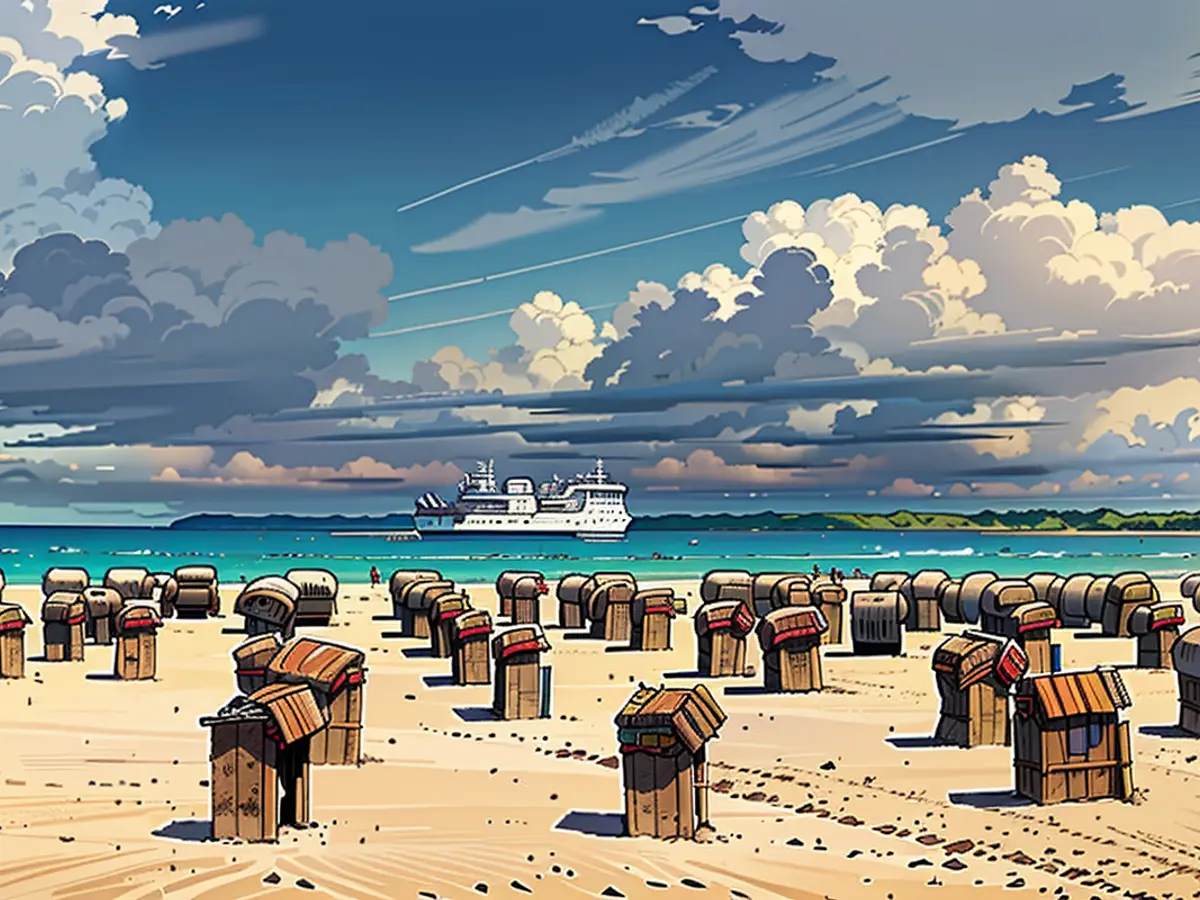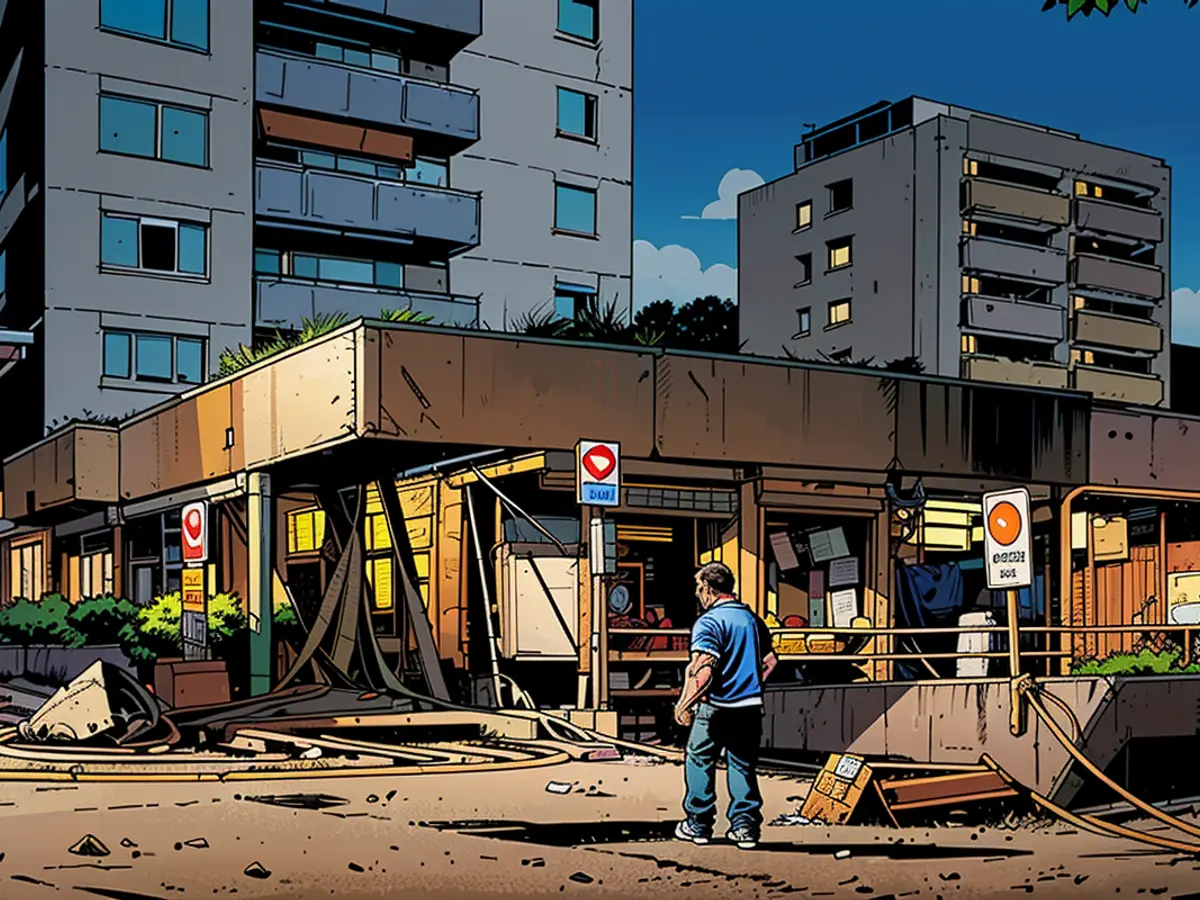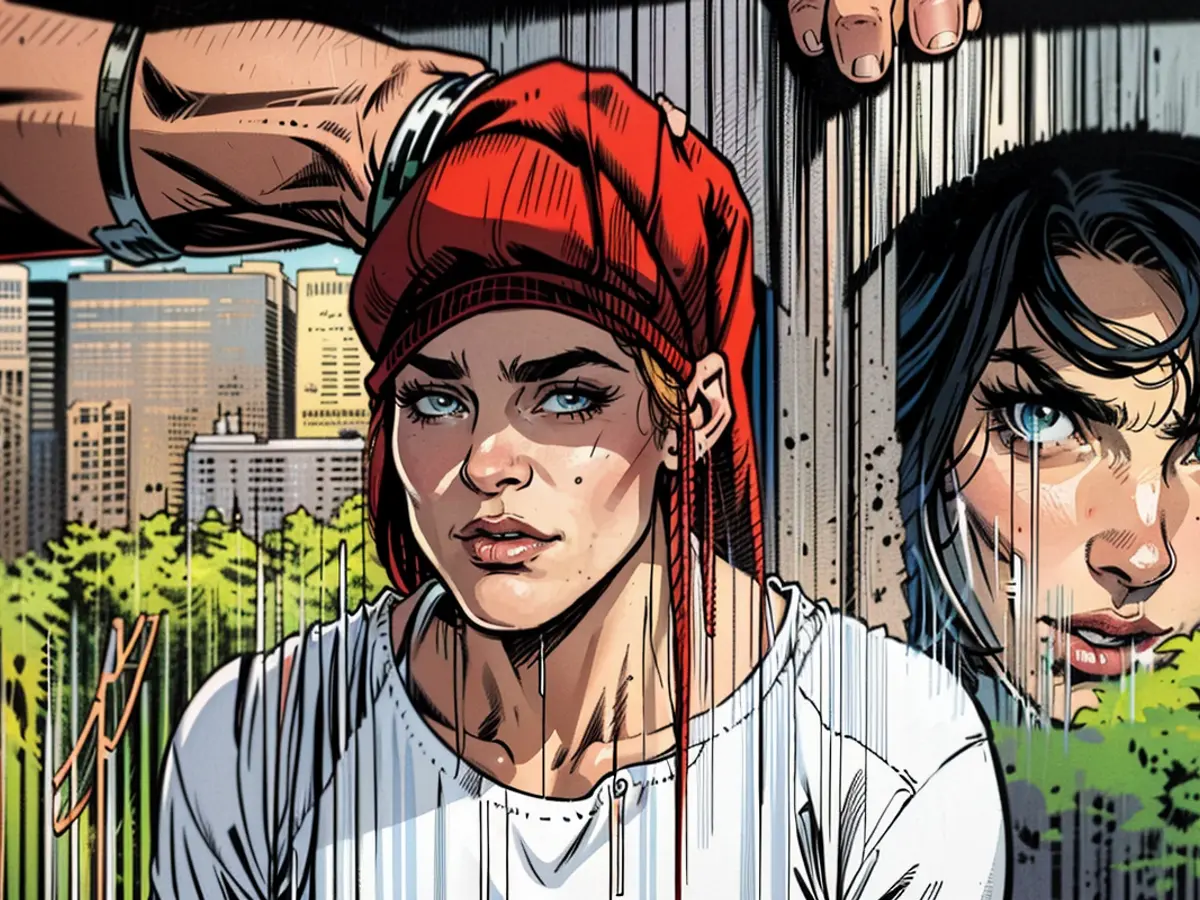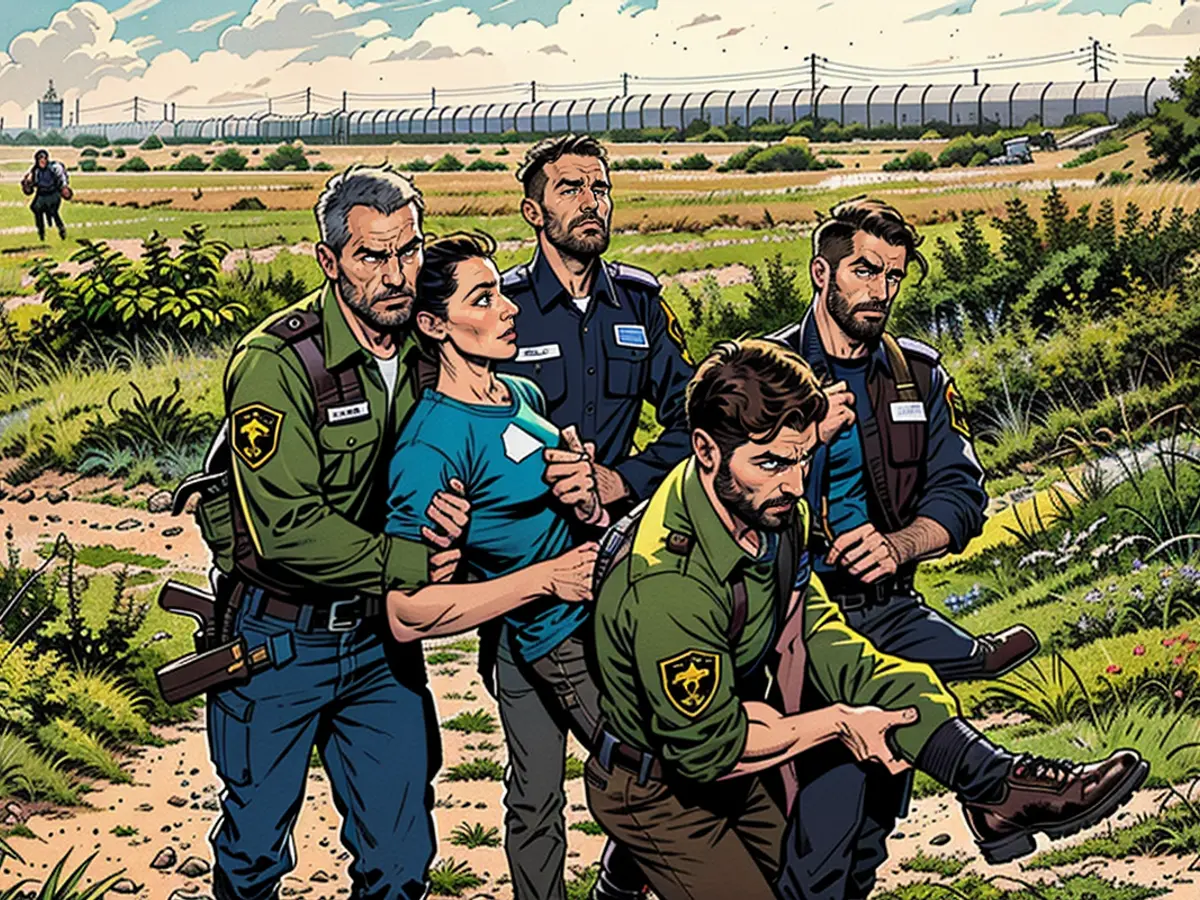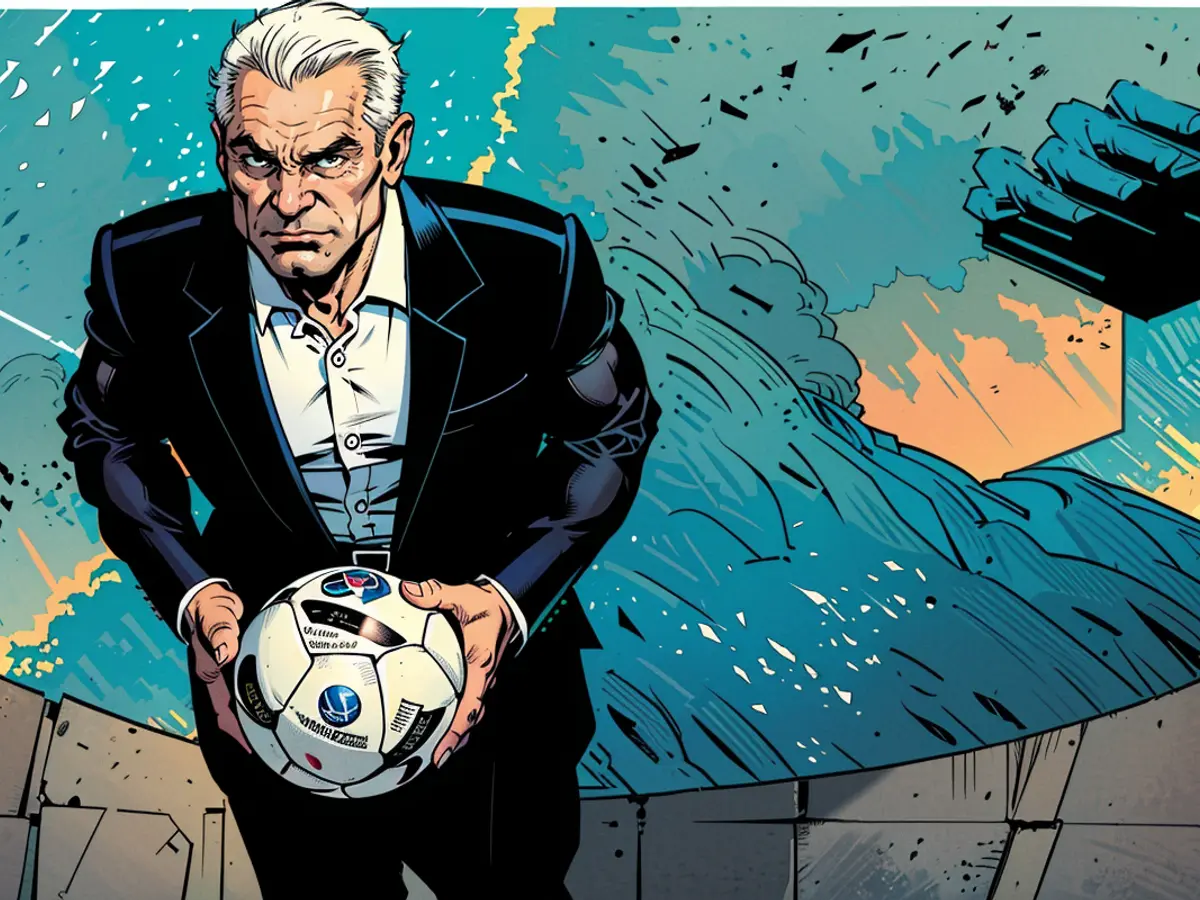Ninety years ago, Bonnie and Clyde meet their demise in a hailstorm of firearms.
Bonnie and Clyde: a name that evokes notions of love and Wild West romance for some, yet a duo that killed at least 13 people during their criminal rampage. Why do we glorify criminals?
One of the most iconic cat-and-mouse sagas in American history came to a bitter end 90 years ago in Louisiana, when police officers ambushed Bonnie Parker and Clyde "Champion" Barrow's Ford DeLuxe. The officers mercilessly riddled the car with more than 100 bullets, killing the infamous outlaws on May 23, 1934.
Today, almost a century later, this notorious couple from Texas still captivates people through numerous books, films, and songs. A prime example is Arthur Penn's movie "Bonnie and Clyde" from 1967, which starred Warren Beatty and Faye Dunaway and immortalized the criminal pair. The Toten Hosen also celebrated Bonnie and Clyde in their song in 1996, singing, "Put your head on my shoulder/It's nice to feel it there/And we'll play Bonnie and Clyde/Come on, let's steal a car/I'll drive you around in it/And we'll play Bonnie and Clyde."
But who were these often idolized individuals? They were infamous for their crimes and not only hunted for minor offenses but were responsible for multiple murders. The pair first met in 1930 in their early 20s, both coming from impoverished backgrounds in Dallas and aspiring for a better life. Bonnie Parker, who possessed artistic talents and ambition, was previously married but her husband was incarcerated for murder. Clyde Barrow worked as a crook and petty thief.
Love struck almost immediately, but following Clyde's release from prison after two years, he had transformed into a bitter, vengeful man. He vowed to fight the Texas justice system and would do whatever it took to avoid being sent back to prison.
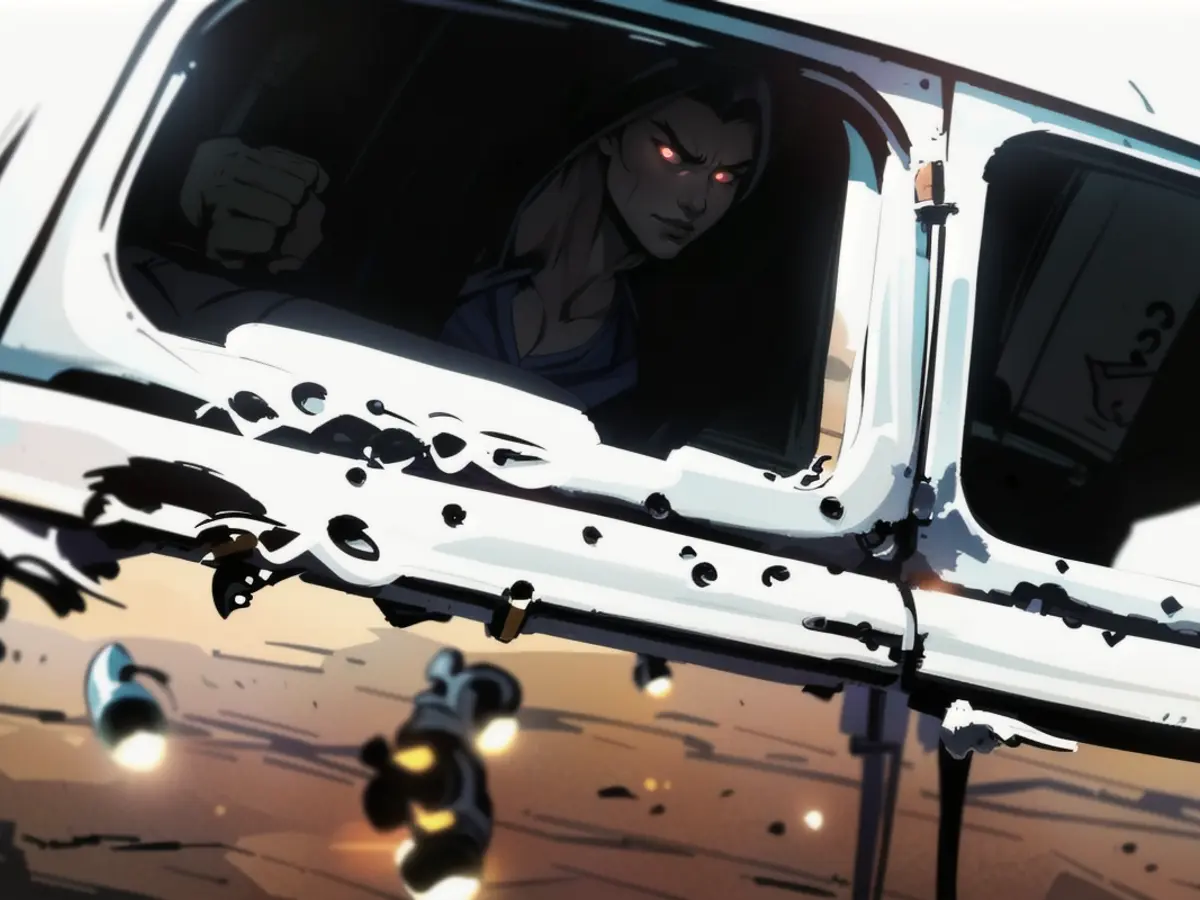
A life of crime
Their criminal career began almost immediately: together or with help from accomplices, they traveled the country in stolen vehicles. Whenever they were short on funds, they committed robberies, and Clyde became increasingly reliant on his gun. With each crime scene, the police would arrive and find the duo gone. The newspapers published captivating reports on the manhunt.
The rotation was unexpectedly altered when the gang freed five prisoners from Clyde's most loathed prison in early 1934, prompting a combined police force across states' borders to begin a coordinated pursuit. On May 23rd, on their way back from a party, they were lured into an ambush on a highway and shot into oblivion.
In the end, Bonnie and Clyde left behind a trail of over a dozen murders, several bank heists, and numerous stolen cars and burglaries. Although often clumsy in their approach, they already had a cultivated enthusiasm during their lifetimes, with spectators flocking to the crime scenes. One individual even snipped a lock of Bonnie's hair and a scrap of her bloody dress as a keepsake, while another tried to remove Clyde's ear. The coroner had to intervene to prevent this from developing into a "circus-like atmosphere," as he described it.
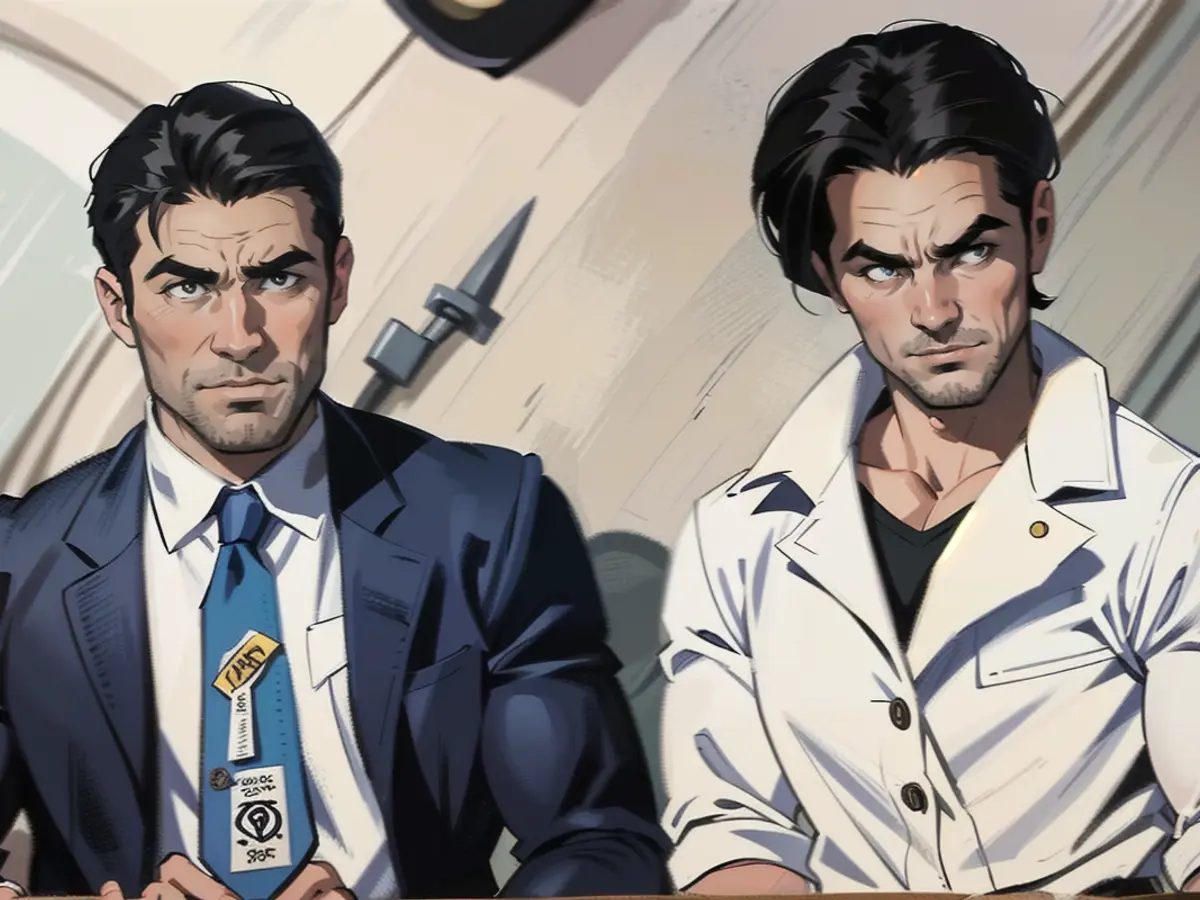
Vengeance and passion
Studies suggest that the primary reason for the couple's legendary status lies in the time of their activities during the Great Depression. People identified with the rebels, seen as retaliation against the system and rampant poverty. To some, they were reminiscent of Robin Hood, avenging the state's inadequacies.
The fact that there was love involved undoubtedly added to their appeal and the media helped perpetuate the narrative of liberty and self-determination that instigated longing. The tabloids painted a vivid image, with the young and uncompromising lovers both dancing with cars and weapons.
By the time of their demise, Bonnie and Clyde left millions of people with a story of aspiration - even though they took lives and destroyed families. Their last wish was to be buried together: "One day they will go down together, and they will be buried side by side," as Bonnie wrote in a poem given to her mother during her final visit. However, the family did not grant her wish - Bonnie and Clyde were interred in two separate cemeteries in Dallas. Clyde's headstone reads: "Gone but not forgotten."

- diversity in experiences
- violence
- the thrill of escaping
- challenge of societal norms
- rebelliousness
- romance
- looks into life during the Great Depression
- notorious legacy
Read also:
- Floods: water levels remain critical in many places
- Snow chaos further restricts Bavaria
- Continuous operation in the flood areas
- Flood situation remains tense in many places
Source: www.ntv.de
